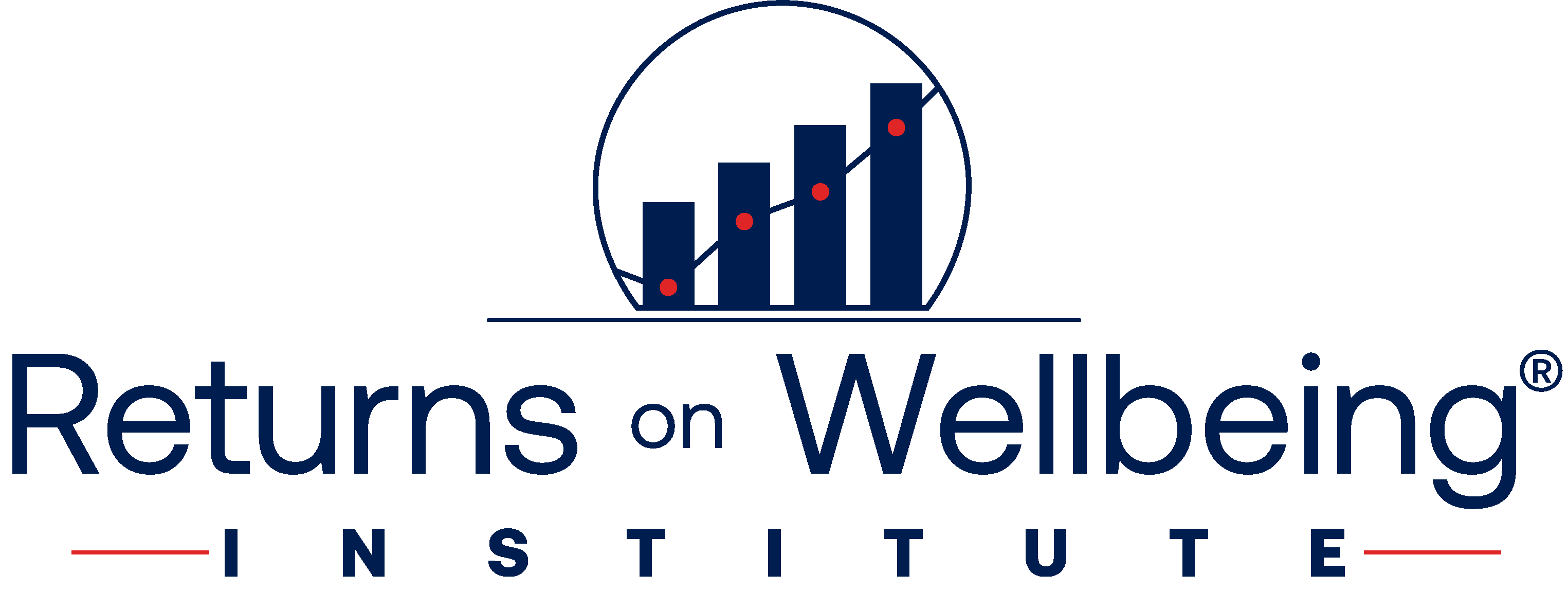Employee wellbeing and engagement seldom reach the consciousness of CEOs and Board members. They are, understandably, distracted by other seemingly more urgent matters: new competitors, the crisis du jour, loss of a major customer, changing governmental regulation, political or media quagmires, outsourcing, technology upgrades, scandals, quarterly dividends, share value. There ARE enough crises to fill a CEO’s day adequately.
We have a threshold issue here. Employee wellbeing and engagement just don’t sound urgent. It’s always been there, lurking. As long as there is not a strike or a crippling loss of key employees, it is usually delegated to HR which in turn delegates various aspects of employee wellbeing to vendors and brokers (healthcare coverage issues, wellness programs, etc.).
And Boards, ever mindful of the line between strategic oversight and management prerogative, have customarily ceded employee issues to management. While many employee issues should be within management prerogative, employee wellbeing is not one of such issues. It is simply too important.
We must first get employee wellbeing and engagement on the radar screens of CEOs and Boards, and then facilitate their understanding of its critical importance to mission success, whether it be profit or charitable. When the focus is had on the right data presented in the right way, most thoughtful CEOs and Boards will have aha moments. Thereafter, what follows may vary depending on many things, including the extent of CEO involvement, and the visceral understanding of the importance of an underlying culture of wellbeing.
For many organizations, human capital is their stock in trade. Their success rises and falls on employee performance, whether it would be customer service, innovation, or product quality. Or as Dee Edington so aptly put it in his book Zero Trends:
“We create shareholder value because we have innovative, creative, and quality products and services. We have innovative, creative, and quality products and services because we have healthy and productive people.”
CEOs must “connect the dots” and understand the direct causal relationship between employee wellbeing and operational success. Once they do so, they will be far more likely to viscerally and enthusiastically believe that employee wellbeing is the key to future success and personally lead wellbeing with enthusiasm and persistence.
Consider:
“The most important dial on any leader’s dashboard for the next 20 years will be wellbeing,” said Jim Clifton, Gallup chairman and chief executive officer. “The money that wellbeing improvement means for companies—both for performance and productivity gains as well as healthcare cost reduction—is substantial.”
“Moving beyond physical health and having an informed strategy to improve wellbeing is the single most important thing that organizations can do to improve performance and lower health-related costs,” said Ben R. Leedle, Jr., Healthways former president and chief executive officer.
Should that be sufficient to grab CEOs’ and Boards’ attention? I’d hope so.
So, if you are a CEO, or someone advising a CEO, or a Board member, and want to create this aha moment in your organization, what might you do? Some suggestions:
- Gather the supporting data. Gallup, Limeade, and Virgin Pulse all have persuasive data supporting the wellbeing thesis (i.e., that employee wellbeing leads to greater employee engagement leads to operational success on virtually all levels);
- Schedule an event, whether it be a half day retreat, a special meeting, an off-site, where the audience, whether CEO, Senior Staff, or the Board, have this as their sole agenda. If there are other agenda items, the crisis du jour will take over. Don’t let it.
- Use a facilitator who knows the area and is nimble with the data, and perhaps has real-world examples of where and how this has worked.
- Talk about the upside (substantial) and the downside (minimal), and what will happen if employee wellbeing is ignored.
- Pre-arrange “champions” in advance who will be supportive.
- Follow up to keep this on the agenda with the view of making this one of the organization’s top three strategic priorities.
Whoever you are in your organization, if you can start the process of CEO and Board appreciation of the crucial importance of employee wellbeing, you will have done well indeed, and if you are not already the CEO, you may well be some day.

